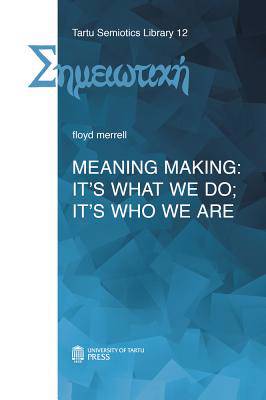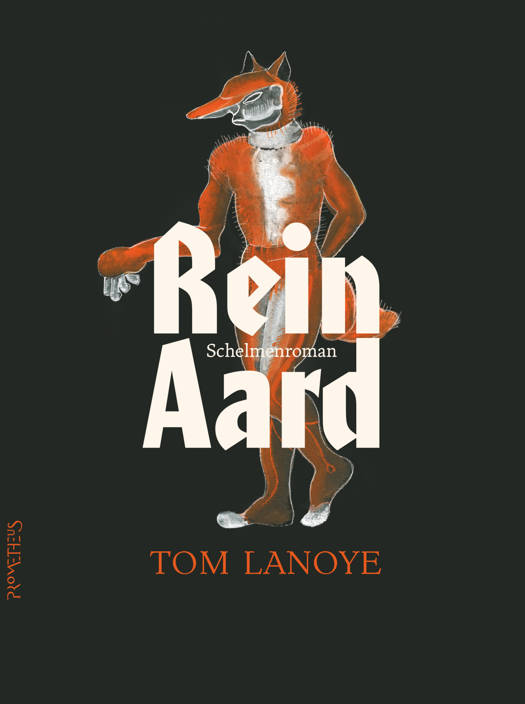
- Afhalen na 1 uur in een winkel met voorraad
- Gratis thuislevering in België vanaf € 30
- Ruim aanbod met 7 miljoen producten
- Afhalen na 1 uur in een winkel met voorraad
- Gratis thuislevering in België vanaf € 30
- Ruim aanbod met 7 miljoen producten
Zoeken
Omschrijving
Meaning Making: It's What We Do; It's Who We Are is a book about fundamental questions of contemporary semiotics, however written in the style accessible to a wide range of readers. Meaning Making sheds light on the following assumptions, largely following C. S. Peirce: (1) pre-linguistic sign modes of feeling, sensing and experiencing entail consciousness-becoming; (2) consciousness-becoming, culminating in linguistic signs, is always in the process of becoming something other than what it was becoming; and (3) linguistic signs are never complete and consistent, for they continuously draw from pre-linguistic semiotic processes. These processes involve signs incessantly becoming other signs in interdependent, interactive interrelatedness. The three terms carry the implication that all signs are complementarily coalescent; they are always in the process of merging with one another. Illustration of the complementary coalescent processual flow of signs involves split-second decision-making - examples are chiefly from baseball and soccer - when one has no time consciously to think and then act on one's thinking. Decisions must be made in the blink of an eye, and they must be spontaneously acted on. This rapid-fire semiotic transition from pre-linguistic feeling-becoming to interpreting-becoming emphasizes ongoing process, rather than relatively fixed product. Process is the principle key qualifying Peirce's concept of semiosis.
Specificaties
Betrokkenen
- Auteur(s):
- Uitgeverij:
Inhoud
- Aantal bladzijden:
- 321
- Taal:
- Engels
- Reeks:
- Reeksnummer:
- nr. 12
Eigenschappen
- Productcode (EAN):
- 9789949323111
- Verschijningsdatum:
- 31/12/2013
- Uitvoering:
- Paperback
- Formaat:
- Trade paperback (VS)
- Gewicht:
- 412 g

Alleen bij Standaard Boekhandel
+ 219 punten op je klantenkaart van Standaard Boekhandel
Beoordelingen
We publiceren alleen reviews die voldoen aan de voorwaarden voor reviews. Bekijk onze voorwaarden voor reviews.











